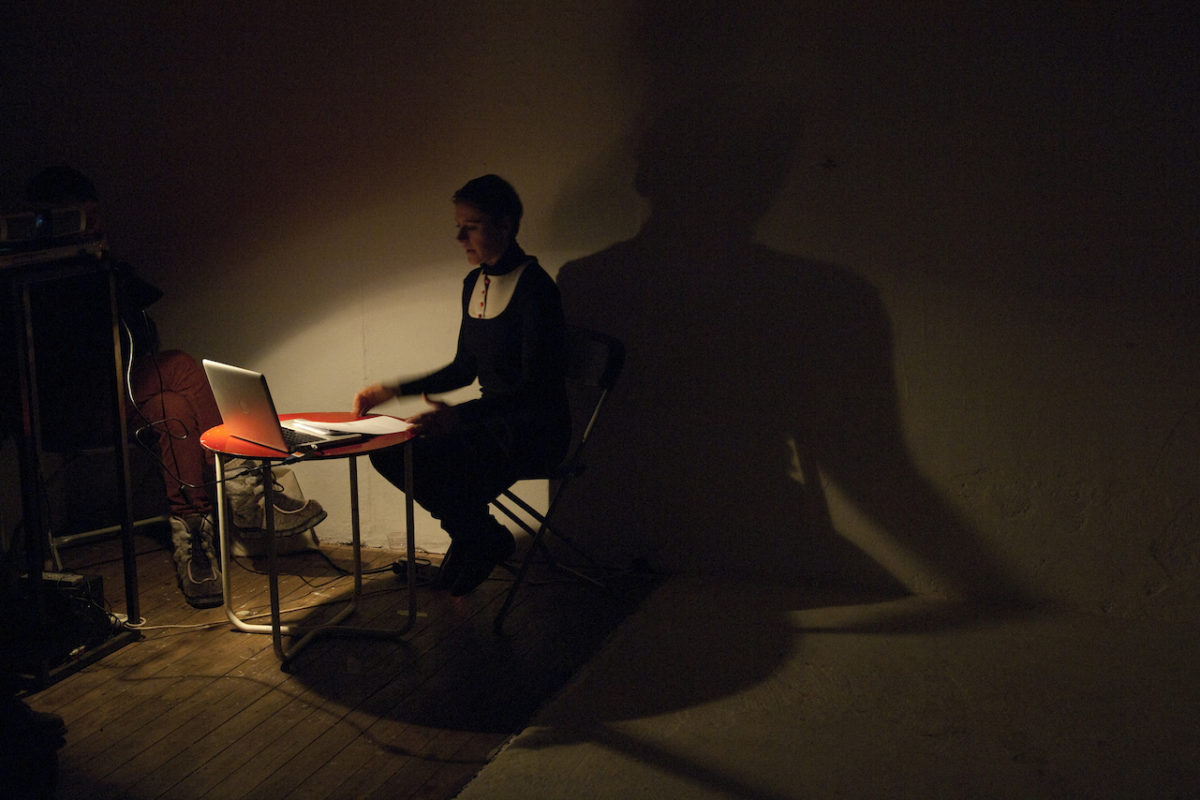22 Dec 2018
Events
Peer-to-Peer Review at Myymälä2
HIAP’s forthcoming Peer-to-Peer Review will take place in the artist-run gallery Myymälä2 on Friday, December 16 at 6 pm. This Review is a part of the parallel Paths Crossing Workshop which is based on the theme of “non-aligned art”. The Paths Crossing project, co-funded by the EU Culture Programme, unites the forces of five North European artist-in-residence centres to invite nineteen young and emerging visual artists and curators from new and applicant EU Member States. In the event will present their works Paths Crossing curators-in-residency Gábor Döme and Vesna Vuković and Paths Crossing artist-in-residency Katrīna Neiburga.
Gábor Döme will present his exhibition on young artist groups in Budapest, connecting directly to the ‘non-aligned’ theme; the artist Katrīna Neiburga will take us back to the ambivalent sources of ‘enlightenment’ in Soviet Latvia; and Vesna Vuković’s research will present her work and experience concerning the potentials of art in public space.
We welcome feedback, ideas and criticism from the audience alongside the invited commentators, which for this Peer-to-Peer Review include Lívia Páldi (director, BAC – Baltic Art Center), Anders Härm (curator, Tallin Art Hall), Jonni Roos (critic) and Ivor Stodolsky (curator and writer). Sezgin Boynik will present the gallery’s running exhibition by Alban Muja, The Politics of Naming, and Minna Henriksson will present Myymälä2 Gallery. The event will be chaired by Marita Muukkonen, curator at HIAP.
Please join the Peer-to-Peer Review to engage, reflect and contribute!
Nostalgia for an Idea
At the workshop based on the theme of “non-aligned art”, I would like to talk about the relations of younger generation Hungarian artists to the topic. I would like to approach the problem from the perspective of artist communities. Groupings of artists themselves put forward some political thinking and an underlying logic of their activities. This usually aims to reach a common or broader public, and has some common motivation and value. However, after leaving the academy young artists very often form a kind of association for company, to protect themselves, and to get by in art-life more easily. In their artistic practice, however, if they stay together, it is necessary for them to agree on certain ideas and attitudes towards professional problems. I would like to compare the ideas of these young groups to the current “big” ideas and issues in politics, philosophy and society to see to what extent these are interiorized. How much do they depart from these mainstream ideas and create their own system of values and own artistic viewpoints?
My interest in artist-groups arose from the exhibition No One Belongs Here More Than You, which I curated together with Petra Csizek in Kunsthalle Budapest in 2011. The exhibition examined collective thinking in shared creative processes. To what extent is there a tendency for collaboration on the Hungarian contemporary art scene? To what degree are the objectives shared and how do individual ideas develop in the creative process? Can a functioning community be realized in practice, or is the mere desire for community insufficient in itself for realizing and maintaining it? In an attempt to answer these questions, the exhibition offered a debut opportunity to young artist groups, for whom the creative process goes hand in hand with community-based thinking. These groups, thanks to the collective creative process, explore problems in art from various perspectives, while often establishing a certain ideal, which the collective work is to be aligned with. The spaces of Műcsarnok / Kunsthalle Budapest served a dual function: the exhibition rooms, in addition to their traditional role of displaying the artworks, constituted a work/collective space, in which the artists themselves were also present. Loosely connected, weekly events, which touched on various genres, took place with the participation of the groups. During this one-month festival-like event, thematic discussions, theater presentations, film programs, performances and parties were also organized.
Sources of Enlightenment
Using 176 spotlights and a custom made light score, I lit up a dark and abandoned building in Riga in 2009, which was built during Soviet time as a “source of enlightenment”: the Press House, Preses Nams. For many years I have accumulated information on the history of Preses Nams, the people who once worked there – happy about themselves or terrorized by censorship. Many spent an impressive part of their lives there.
My project is to work with and video as many former Preses Nams employees as possible – from the concierge to the director, including the managing editors of magazines and newspapers. Their stories will be relived in an attempt to restore the look and feel of former days. Their work will be demonstrated on three synchronized screens, creating a many-layered story. This will let me transfer the weird, spooky and unbearable feeling that everything passes. This is the main feeling one experiences on visiting, on contemplating Preses Nams.
The Politics of Space
Some observations on the difficult relation of art, urbanism and politics
In the presentation I will outline the coordinates, both aesthetical and political, as well as a specific methodology, for curating art in public space. On the basis of selected works, I will discuss how artistic and curatorial actions in public space relate to existing urban practices, institutions and social relations. A particular focus will be the UrbanFestival, an interventionist project which shows how one can engage in production, presentation and mediation of artistic projects in public space. This does not mean merely to examine and draw out political layers from a given space, but also to re-politicize the very conception of space through the means of artistic interventions.

